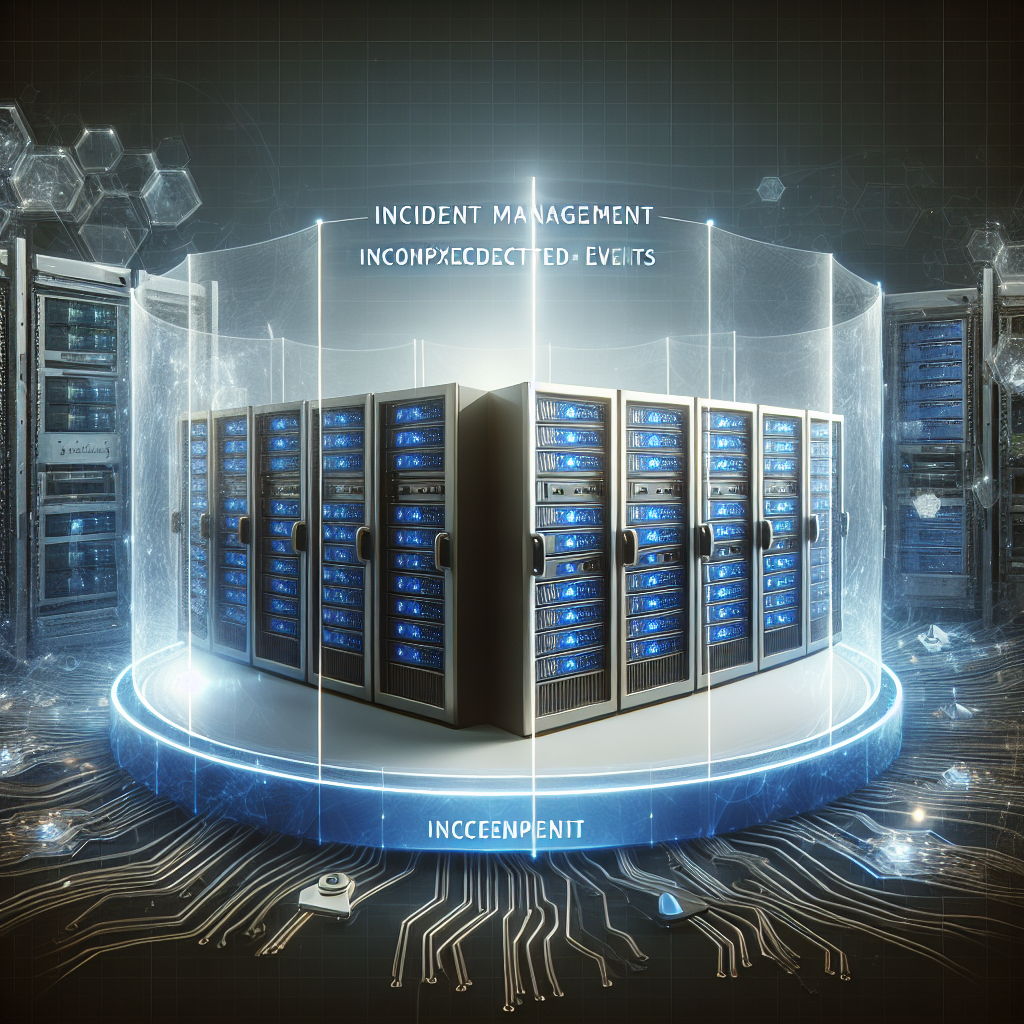Data centers are the backbone of modern technology infrastructure, housing massive amounts of critical data and applications. With the increasing complexity and reliance on data centers, the need for effective incident management practices has become more important than ever. In the event of an incident, such as a cyber-attack, power outage, or equipment failure, it is crucial for data center operators to have a well-defined plan in place to minimize downtime and ensure the integrity of the data.
Here are some best practices for data center incident management:
1. Develop a comprehensive incident response plan: A well-thought-out incident response plan is the foundation of effective incident management. This plan should outline the roles and responsibilities of team members, communication protocols, escalation procedures, and steps to be taken in the event of an incident. Regularly review and update the plan to account for changes in technology and potential threats.
2. Conduct regular training and drills: It is essential for data center staff to be well-prepared to handle incidents when they occur. Regular training sessions and drills can help ensure that team members are familiar with their roles and responsibilities and can effectively respond to different types of incidents. These drills can also help identify gaps in the incident response plan that need to be addressed.
3. Implement monitoring and alerting systems: Proactive monitoring and alerting systems can help detect potential issues before they escalate into full-blown incidents. By monitoring key performance indicators, such as temperature, humidity, and power usage, data center operators can identify and address potential issues before they impact operations.
4. Establish clear communication channels: Effective communication is crucial during an incident to ensure that all team members are informed and coordinated in their response. Establish clear communication channels, such as a dedicated incident management platform or a designated communication channel, to facilitate quick and efficient communication during an incident.
5. Document incidents and lessons learned: After an incident has been resolved, it is important to conduct a thorough post-incident analysis to identify root causes and lessons learned. Documenting these incidents can help improve incident response processes and prevent similar incidents from occurring in the future.
6. Continuously improve incident management processes: Incident management is an ongoing process that requires continuous improvement to adapt to evolving threats and technologies. Regularly review and update incident response plans, conduct post-incident analyses, and incorporate lessons learned to enhance incident management processes.
In conclusion, effective incident management is essential for ensuring the reliability and availability of data center operations. By following best practices such as developing a comprehensive incident response plan, conducting regular training and drills, implementing monitoring and alerting systems, establishing clear communication channels, documenting incidents, and continuously improving incident management processes, data center operators can better prepare for and respond to incidents, minimizing downtime and ensuring the integrity of critical data.










